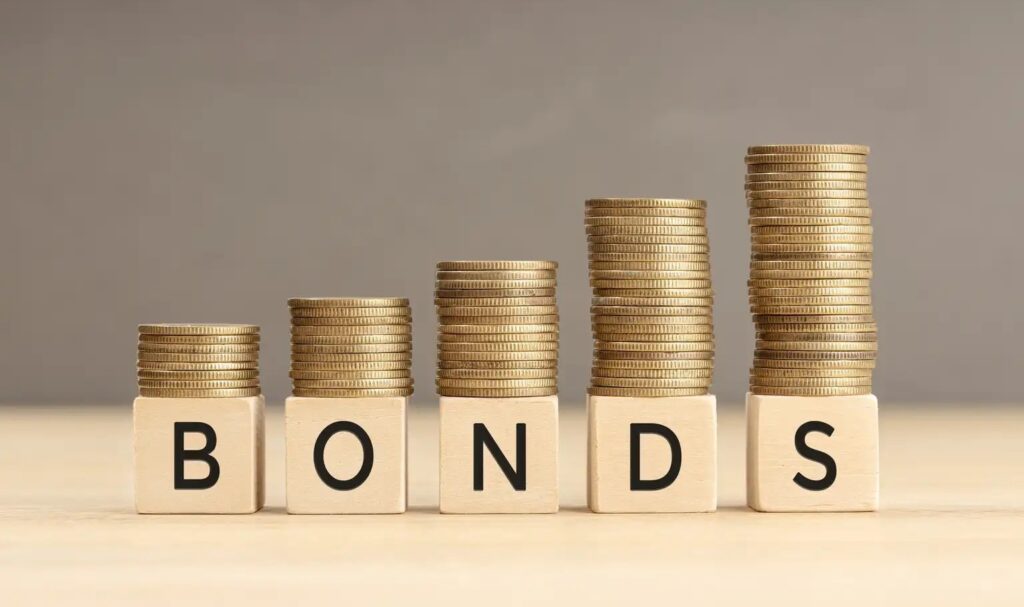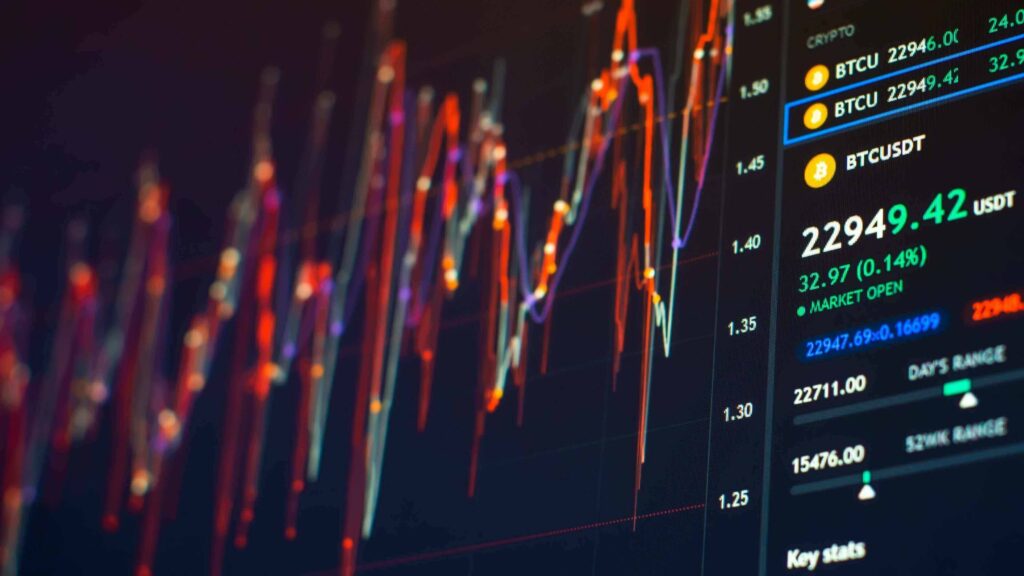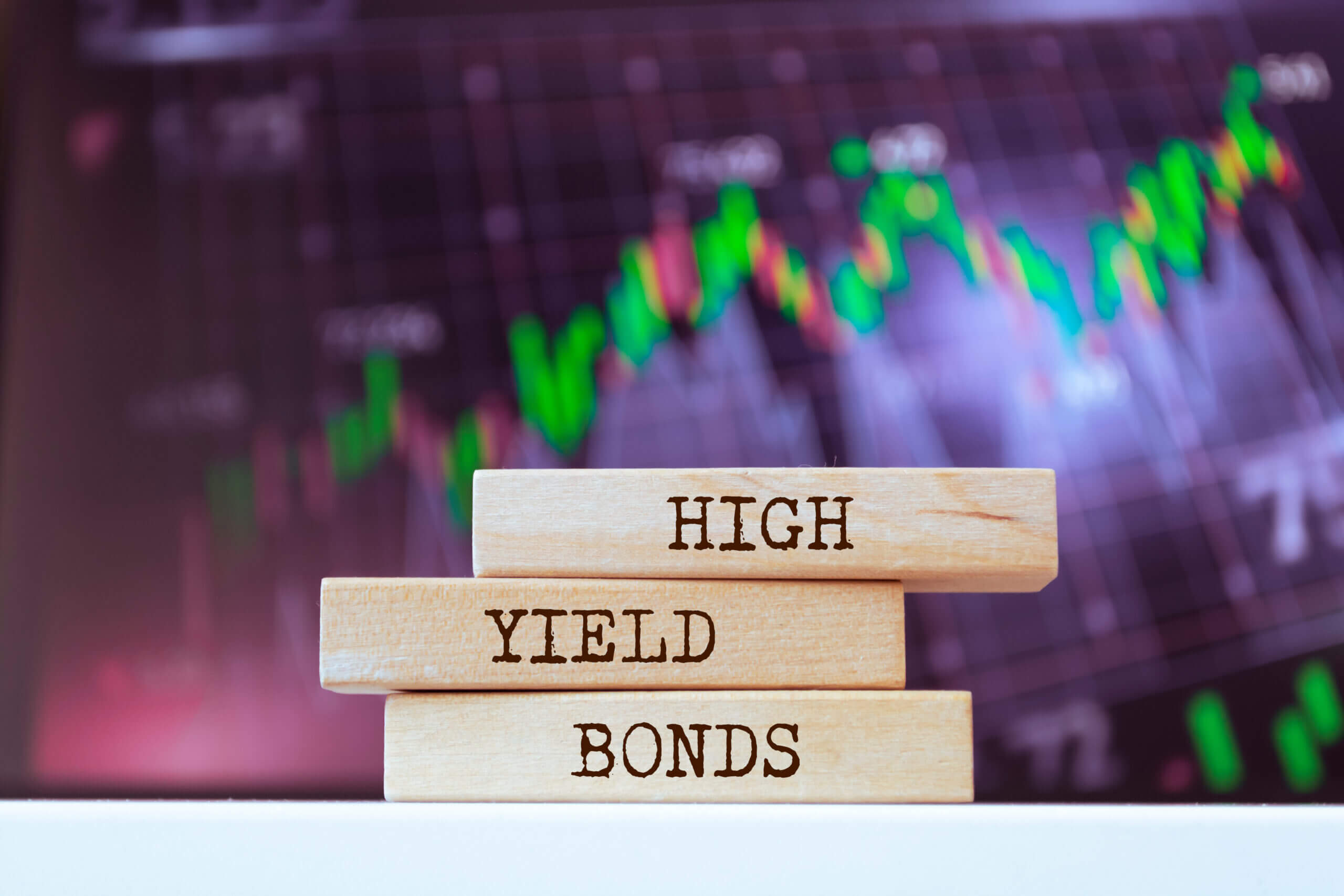Are High-Yield Bonds Worth The Risk For Income Investors?
High-yield bonds are debt securities with an interest rate that is regularly above market interest rates and the issuer’s right to choose whether to repay the capital or transfer a predetermined number of shares.
The amount of income from this capital claim depends on an uncertain event. At the time of acquisition, it is not yet clear whether the right to transfer shares will be exercised and to what extent the taxpayer will receive income.
Since the bonds have no return on issue, the difference between the consideration for the purchase and the income from the sale, assignment, or redemption (so-called market return) is subject to taxation as capital gains (income from capital assets).
So, let’s take a look at what high-yield bonds are and their function in investment portfolios now.
What Are High-Yield Bonds And Their Role In Income-Oriented Portfolios?

High-yield bonds, like all other bonds, are debt securities issued by organizations or companies to raise capital.
As part of a bond, companies undertake to pay interest to buyers in return for the provision of capital and to repay the face value of the bond at the end of the term, the so-called maturity date.
The high-interest rates on a high-yield bond reflect the risk that the issuer will not repay the bond when it matures. Other names for a high-yield bond are junk bonds, high-yield bonds, or junk bonds.
High-yield bonds are issued by companies or governments that do not qualify for a so-called “investment grade” rating from one of the leading rating agencies.
Rating agencies evaluate bond issuers and assign ratings based on their assessment of the issuer’s ability to pay interest as scheduled and meet repayment dates.
Those issuers that have a higher risk of default and do not pay interest on time or may not repay the borrowed capital receive a rating below the investment grade. For investors, this means that these issuers have poor credit ratings and the risk of losing the money invested is high.
Issuers with poor credit ratings must pay a higher interest rate on borrowed capital to attract investors to purchase their bonds and compensate them for the risks associated with an investment with a high risk of loss.
Organizations and companies that issue high-yield bonds include companies from different industries, certain banks, and various governments.
How Can Investors Assess The Creditworthiness Of High-Yield Bond Issuers?
Like other bonds, a high-yield bond can be held by investors until the maturity date or sold on the stock market during the term.
Price losses can occur if, in phases of generally high-interest rates, the demand for these high-yield securities decreases and a certain selling pressure arises among investors. Other reasons for falling prices of high-yield bonds can be economic crises.
In the worst-case scenario, the issuer can become insolvent. Investors should note that the longer the remaining term of the bond, the more the prices of a high-yield bond fluctuate.
In the best-case scenario, the bond’s price can increase significantly due to a more positive assessment of the issuer’s creditworthiness.
Professional investors and mutual funds use a high-yield bond to increase the return of their portfolio or fund. Institutional investors ensure that there is a balanced ratio between stocks and bonds so that the risk of default on the capital invested is spread across many different issuers.
Investing in a high-yield bond is only suitable to a limited extent for private investors.
It is almost impossible for private individuals to correctly assess the economic strength and creditworthiness of companies or countries.
Private investors therefore only have to rely on the ratings assigned by the rating agencies. At best, risk-taking private investors should add a small amount of high-yield bonds to otherwise safe investments to increase the return on their investments.
What Strategies Help High-Yield Bond Investors Manage Default Risk?
In recent years, interest rates have been so low that many investors who invested safely often come away empty-handed. High-yield bonds, also known as “high yields”, represent a sensible alternative due to their weak credit rating.
What interest level represents a high return for bondholders can vary. In times of zero interest rates, just three or four percent is a high-interest rate; in economic upswings with inflation, lucrative conditions only start at seven to eight percent.
However, the connection remains that increased interest rates reflect enormous risks.
The higher the interest rate, the greater the risk of default on the bond. Therefore, high-yield bonds are only suitable for risk-conscious investors.
Are High-Yield Bond Funds And ETFs Suitable For Income Portfolios?

Compared to other investments, high-yield bonds generally have more attractive conditions, but rarely reflect an appropriate spread of risk.
High-yield investments are therefore fundamentally not comparable to standard bank deposits. The reason for this is that bank deposits have a special deposit protection system, while high-yield bonds increasingly consist of unsecured bonds.
Compared to stocks, high-yield bonds have less price fluctuation. Creditors of high-yield bonds also enjoy priority over shareholders in the event of bankruptcy.
In the modern world, it is possible to purchase an ETF that represents a mix of different high-yield bonds as well as numerous high-yield bonds from different emerging markets. The wedding bonds can therefore also serve as a supplement to a balanced private portfolio.
In mixed funds, these bonds are also used to increase returns. Mixed funds contain both stocks and bonds so that the risk of default is spread across many issuers.
Fund managers can react flexibly to different market situations and increase their stock or bond holdings based on the economic situation and the news.
However, the highest possible return like with junk bonds cannot be achieved with mixed funds due to their broad distribution across different asset classes.
Investors who invest in high-yield bonds have the opportunity to sell their bonds on the stock exchange during its term. In general, however, price losses can occur if demand for the bonds falls due to increased interest rates thus increasing selling pressure.
The reasons can be varied and include economic crises, company bankruptcies, or a lack of follow-up financing.
How Do Economic Conditions Impact High-Yield Bond Performance?
High Yield Bonds are affected by many different economic conditions. If economic conditions and geopolitical developments are positive in a country, high-yield bonds will be equally more profitable.
If the economic conditions affecting this asset class are negative, the earnings rates will also decrease. For example, during market crashes and economic recessions, high-yield bonds may not be a good investment option.
Professional investors use a high-yield bond to increase the overall return of their portfolio or fund. In general, high-yield bonds are particularly suitable for institutional investors who are prepared to invest large sums and are aware of the risk.
Institutional investors usually ensure that there is a balanced ratio between stocks and bonds so that the general risk of default of the capital invested is distributed across different issuers.
See you in the next post,
Anil UZUN
